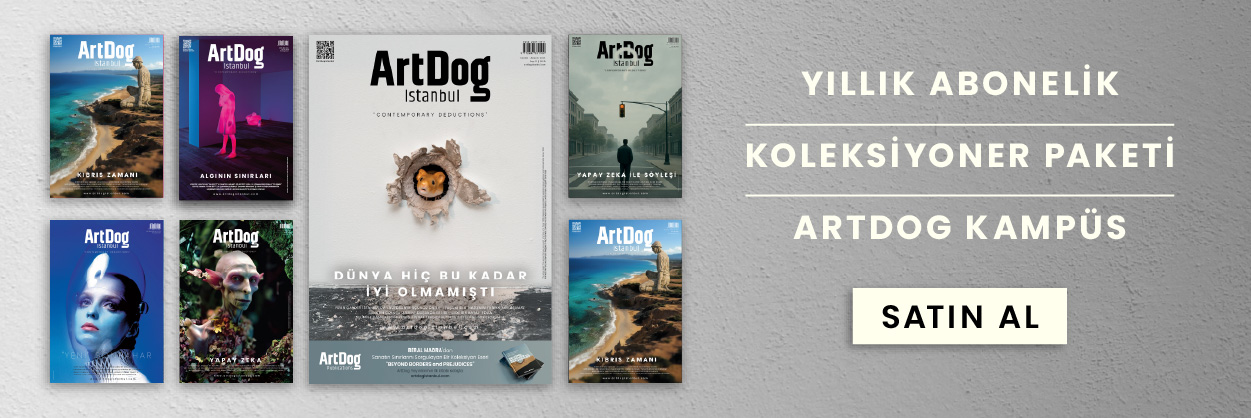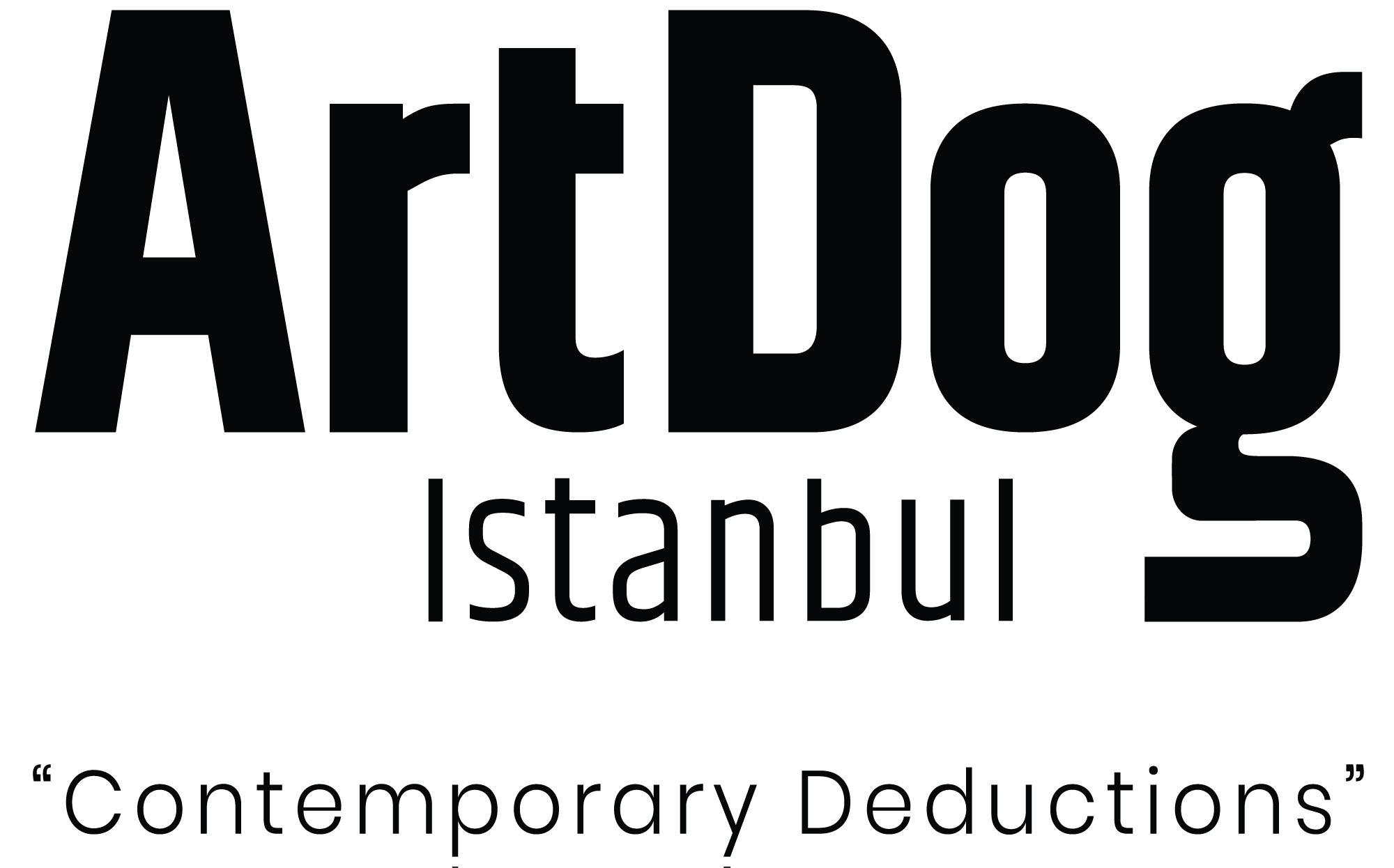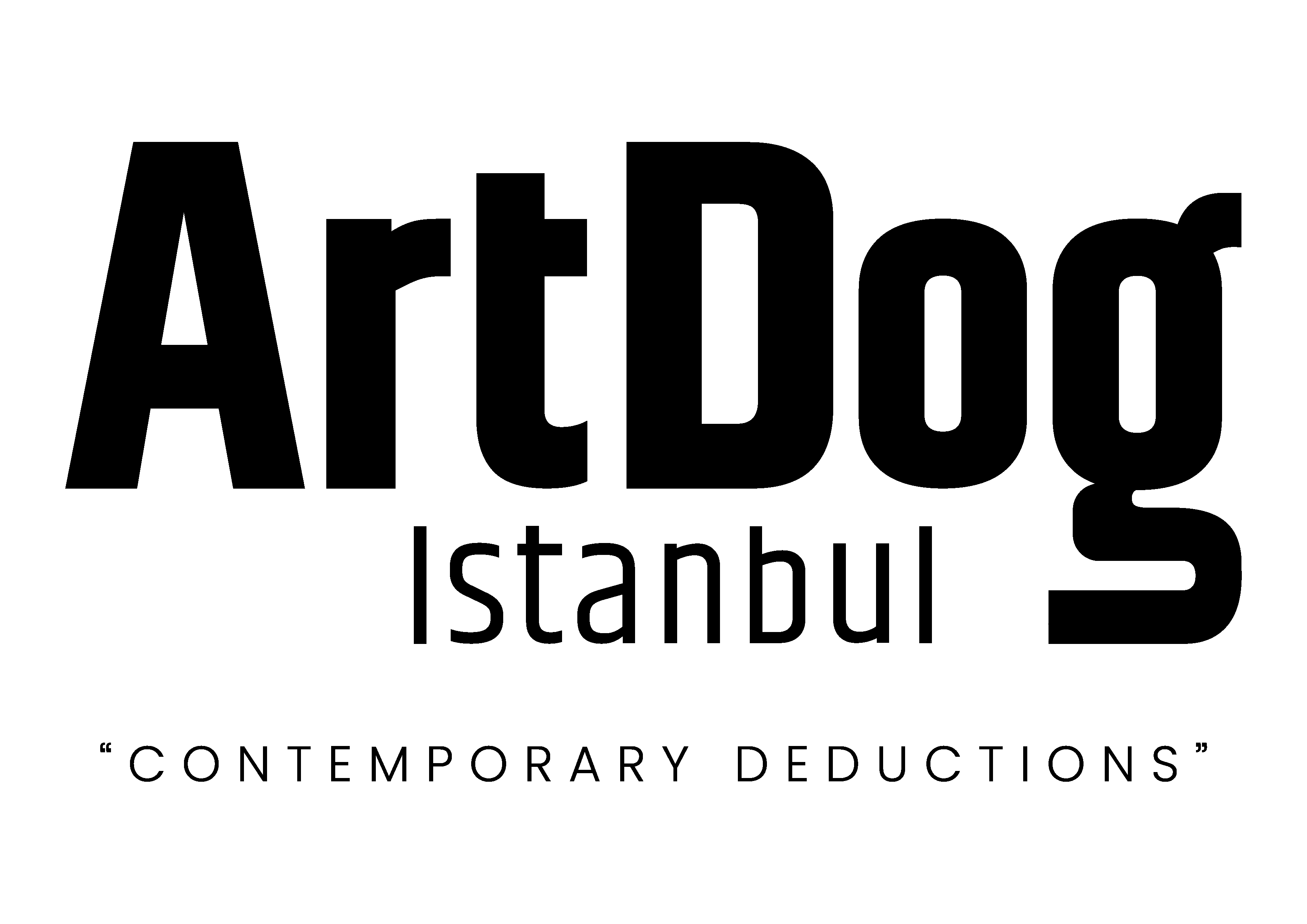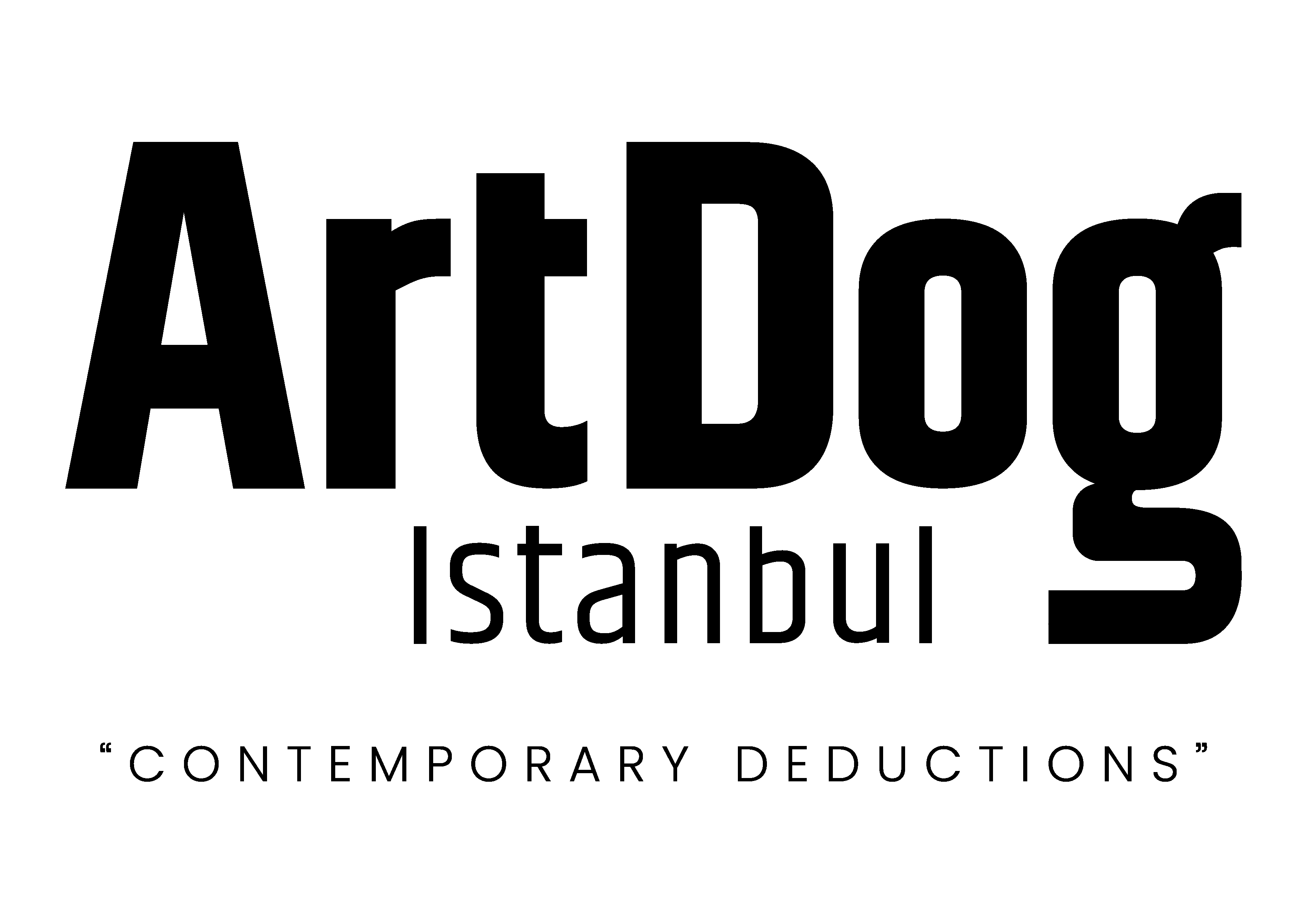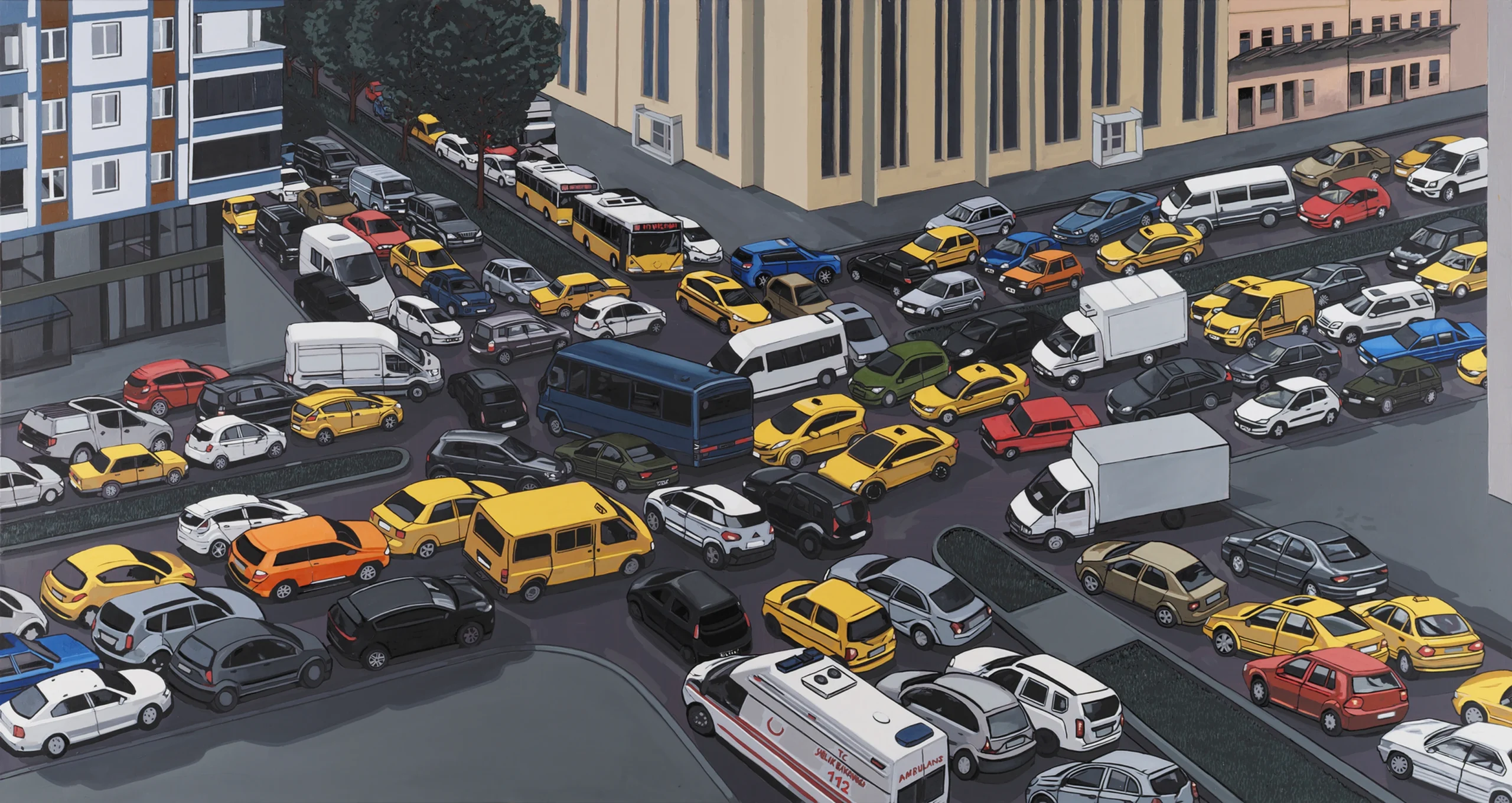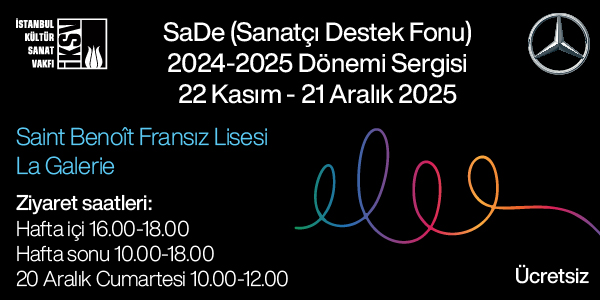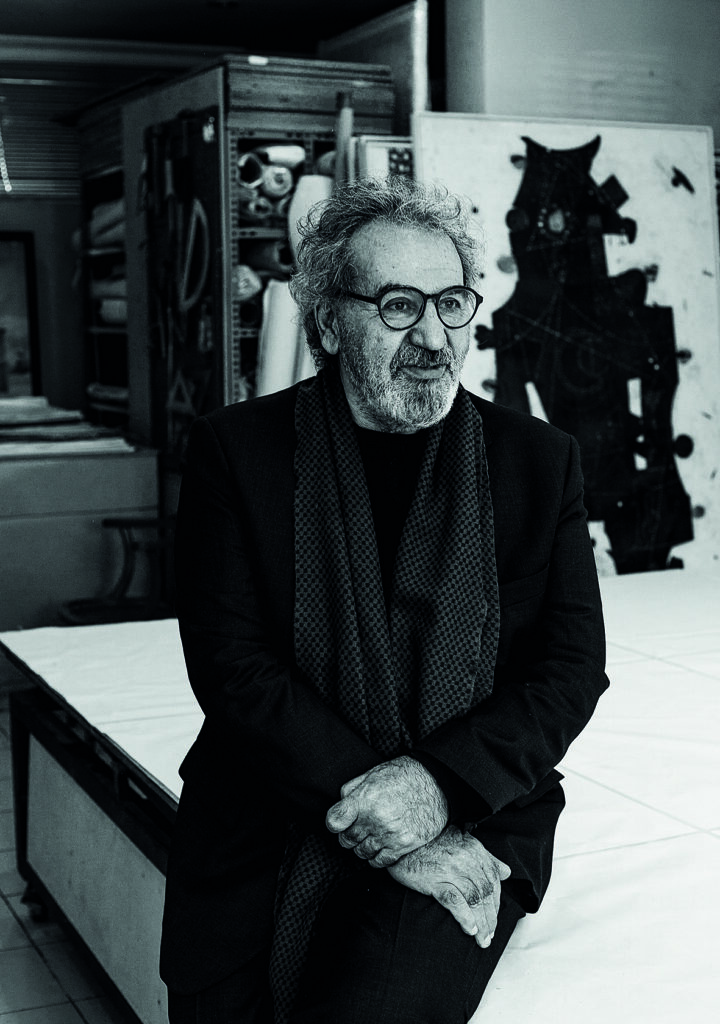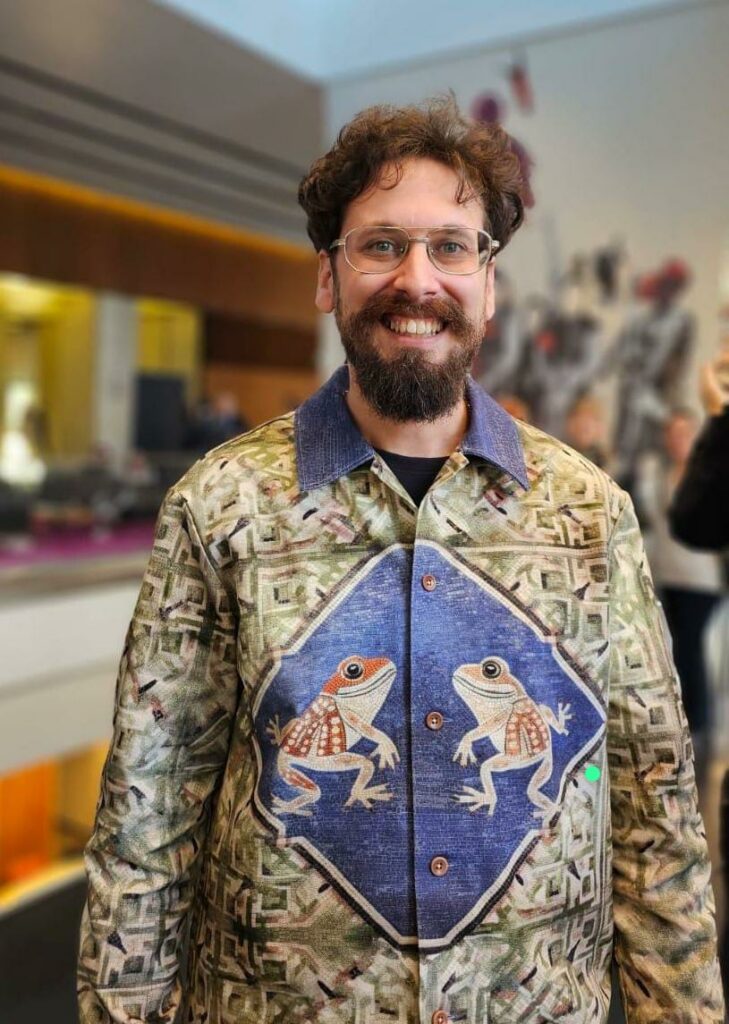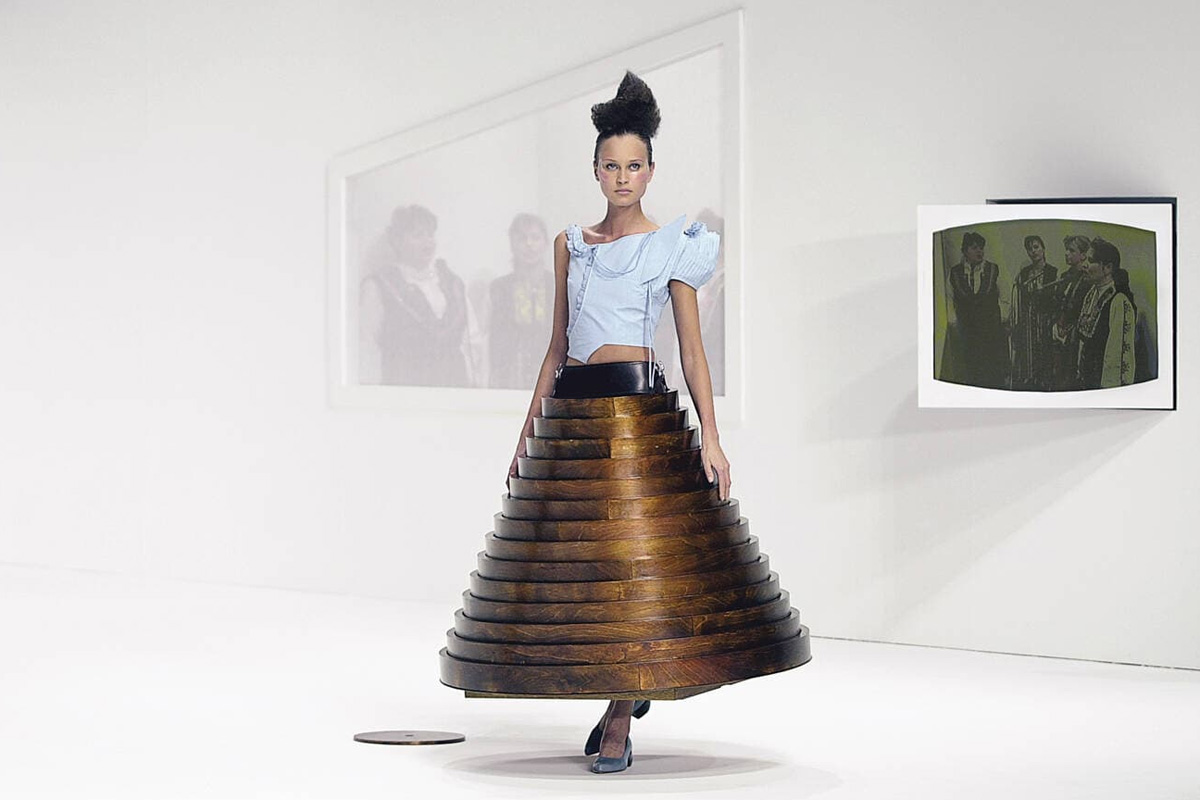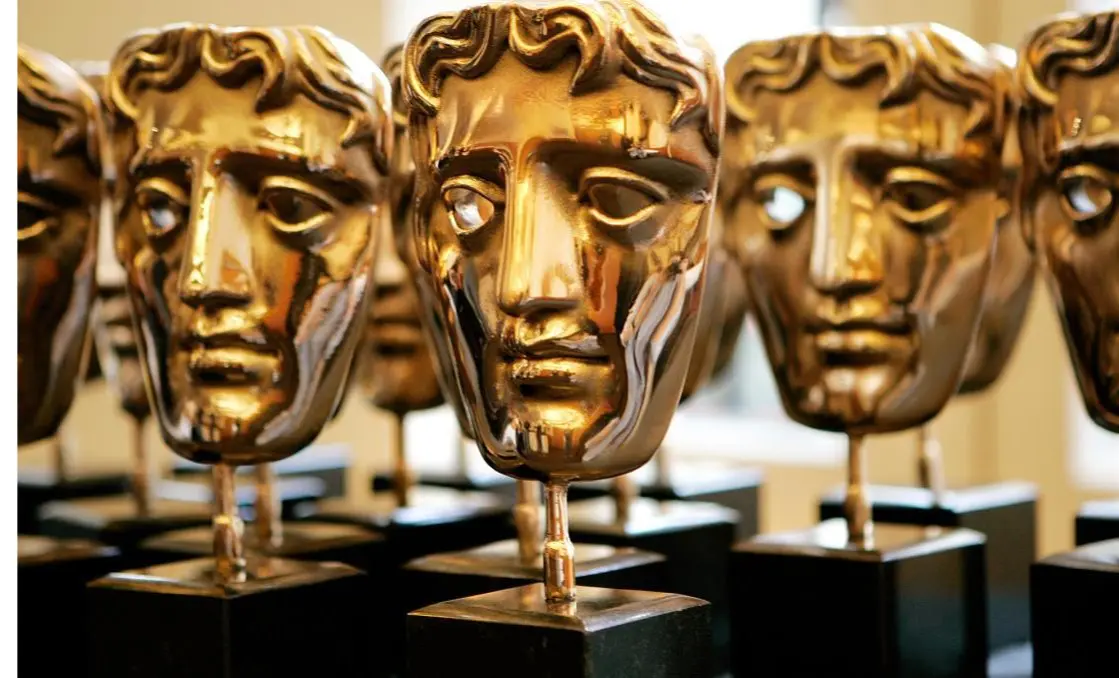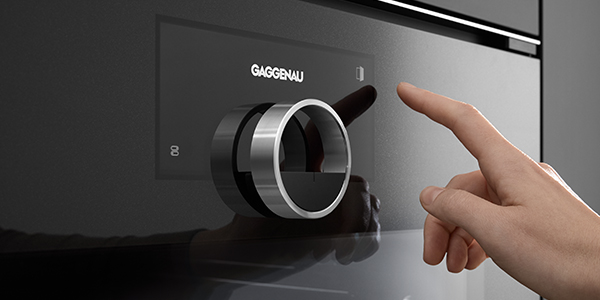The recent disasters and crises have deepened social uncertainties, and it remains a question how the culture and art world will navigate through this environment. We asked important figures in the culture, art, and media sectors to share their reflections on the near future. They emphasize that culture and art play a vital role in raising social awareness and strengthening solidarity during times of crisis, ultimately increasing the resilience of society. There is also an argument that, in this process, art should not only support individual creativity but also collective movements.
An Environment Where Self-Censorship Becomes Natural
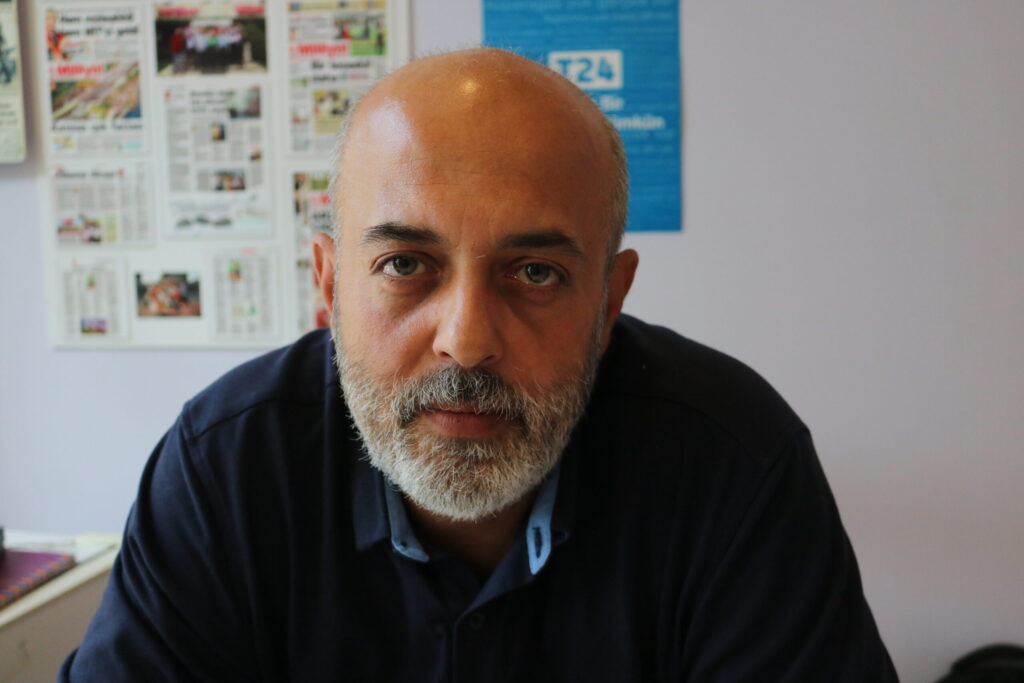
GÖKÇER TAHİNCIOĞLU, Journalist – T24
Turkey is a country that condenses many significant events into a short period. Events unfold so rapidly and at such a scale that it becomes nearly impossible to follow them all, let alone understand how they affect our mood. Let’s briefly revisit our memories: the constitutional referendum in 2010, the Gezi protests in May 2013, the 17-25 December operations also in
2013, the Suruç massacre following the June 7, 2015 elections, the failure to reach results from the election and the decision to re-run it… And then, terrorist attacks that occurred one after another, the Gar massacre, the 2016 military coup attempt, the two years of state of emergency, and the transition to a presidential system. In 2018, the first presidential election, the lifting of the state of emergency, the opposition alliances… Economic crises, earthquakes, terrorist attacks, trustee policies, local elections, efforts for a new constitution, sports debates, mafia conflicts, the murder of Sinan Ateş, the recordings of Sedat Peker, deaths, arrests, and endless lawsuits… A series of events so exhausting that they leave us no room to look back at the past. The only way for societies to heal is through concepts like truth, memory, and confrontation. Otherwise, understanding why something happened or reaching a more just system is impossible. What we have instead is the construction of a collective amnesia. A system where looking back is impossible. Naturally, it creates an atmosphere that desensitizes us, making us normalize everything immediately, and where indifference is considered acceptable. Breathing in this atmosphere and staying healthy is not easy. I do not think conditions in 2025 will be much lighter than this. I believe freedom of expression will be further restricted. Particularly, the ongoing but seemingly resolved war in Syria, terrorist operations, and discussions around a new constitution will narrow this space even more. We can already see signs of this.
In the culture and art world, we are already witnessing these effects and will continue to see them. Self-censorship has already become natural. A further retreat and withdrawal seem to be likely. The effects of the economic crisis will also reflect on the production in these areas. We are moving into an environment where movie theaters are empty, theater and fine arts have fewer buyers. Working in these areas is already not easy under these economic conditions. When political and economic environments combine with other developments, it will create a situation where we will have to fight harder for freedom of expression. I believe this responsibility falls on everyone working in these areas. Relentlessly producing and not giving
up on freedoms should be fundamental.
“Creation, The Hope Itself”
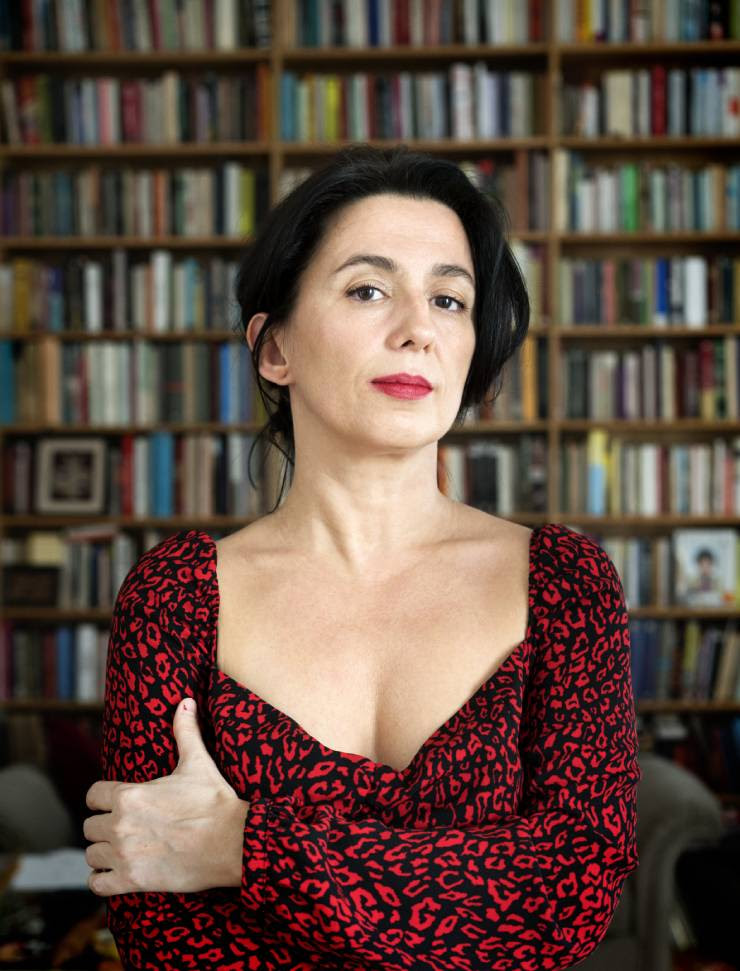
ŞEBNEM İŞİGÜZEL, Writer
It is a difficult period. Everyone is filled with fear and anxiety. The worst part is that everyone is justified in feeling this way. However, art has an optimistic side. Creation, creativity itself, is hope. Literature, beautiful books, poetry, novels, short stories are hope itself. The worse things get, the more intense creativity bursts forth. I compare this to coal turning into diamonds underground. All these great works of art—novels, films, music—are created in such times. But at the same time, there are critical things happening that we cannot afford to romanticize: artist suicides, severe depression, artists, writers, filmmakers
struggling to continue their lives. In a way, we are in an invisible war. A state of war exists. Society is exhausted. Relationships are exhausted. People are exhausted. Those who can protect themselves by creating, those who can close themselves off and work, those who can write, those who can dream are fortunate. But delivering the art created to society is a serious problem. I believe there is a greater need for solidarity and organization.
“The Issue is to See Where We Are”
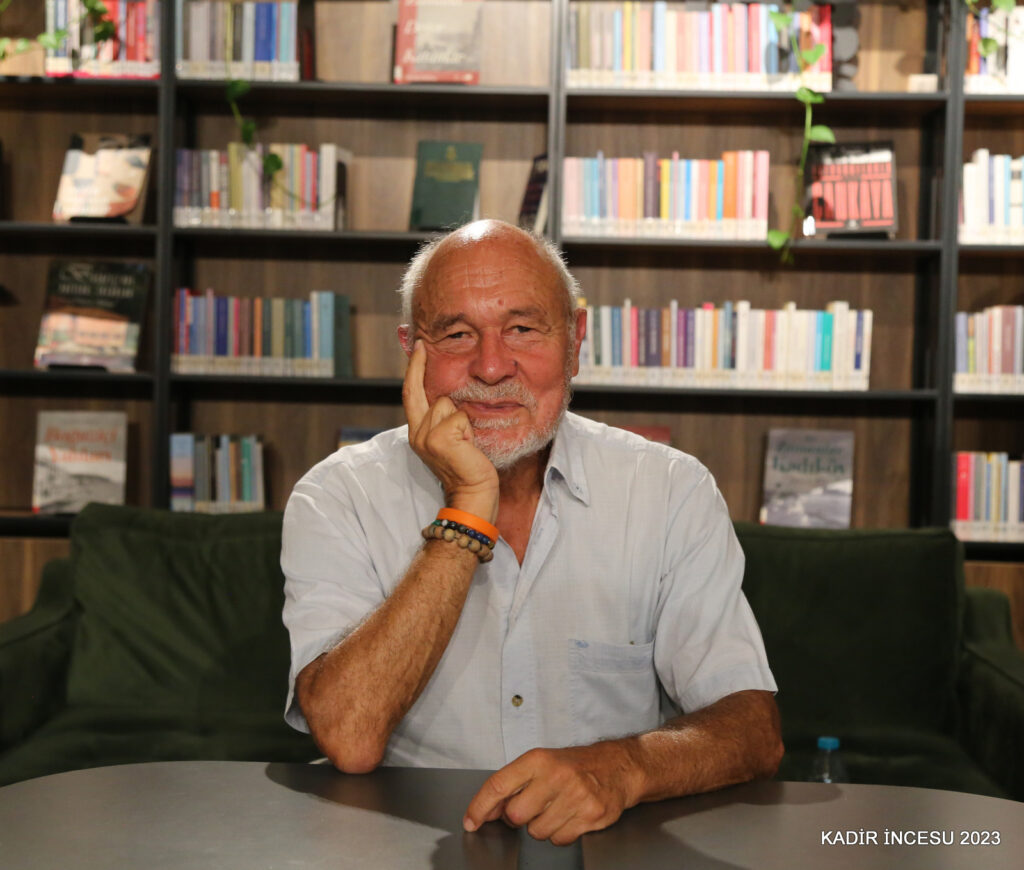
GÜNDÜZ VASSAF, Writer & Psychologist
Throughout our history, we sought certainty, tried to give meaning to our experiences, and brought order to chaos. We adapted to new systems whenever the existing order changed, within the addiction to our beliefs and rules. The history of the Turkish Republic is a testament to this. The dominant factor in our lifestyle in this period is the political regime of the last 20 years. The university, press, work life, art, and literature have formed by adapting to the conditions of this era, caught in the necessity of either leaving this land or complying with its demands. While professors in universities teach servitude, passionate artists still strive to find their voices and dream, despite everything, maintaining their devotion to free thought.
In recent years, while other cultures and countries have been opening up new horizons of universality, particularly in theater, the documentary film world continues to explore previously overlooked “minor” subjects, such as everyday life, women, and local topics. Poets, on the other hand, struggle to find publishers. Art fairs have turned into shopping malls where crowds gather, with soaring prices, offering no real exchange. In contrast, the Atatürk Cultural Center in Istanbul, once the domain of the elite, has become a place where art lovers from all walks of life gather, even though tickets are still expensive.
The music world, primarily deprived of opportunities, patience, and discipline, remains a place for young people to pour out their emotions. Yet, we live in an age of uncertainty. The disorder that has lost its direction collapses, and in the absence of a clear future, it was inevitable that an art understanding relying on known formulas would continue. In literature, beware of those “playing the violin while Rome burns.” Many who dance with the system, avoiding upsetting anyone, are releasing safe, familiar works, especially novels, that won’t trouble the reader. With the rise of social media, we have become increasingly self-centered. The dependency on our phone screens, which trigger dopamine and have a drug-like effect, inevitably narrows our horizons and encroaches on the time we should be spending with art. Have you heard of “rotten brain” or “cognitive decay”? Oxford University Press recently chose this term as the word of the year for 2024, reflecting the negative effects of social media consumption on society and the individual. Society’s expectations of art are shaped in this context, making its impact on us inevitable. From the artist’s perspective, rationalization becomes the excuse of keeping a finger on the pulse of society while staying grounded. And so, here we have the bestsellers, the most-watched, and the most-listened-to. Here we have the social media networks where the artist’s name comes before their work. Where are we going? It’s a ridiculous question. The real issue is being able to see where we are. Instead of complaining, fleeing from what we see, and distracting ourselves with empty time, we must ask ourselves, “What can I do?” without letting art be used for politics, without compromise, and without lying to ourselves. The environment is clear. Taking risks is not necessary. Welcome to the creativity of art.
“Youth and Women: The Hope for the Future”
PROF. DR. HÜSAMETTİN KOÇAN, Artist & Founder of Baksı Museum
If we tried to find broad answers to this very comprehensive question, we might face issues with publication space! For this reason, we know that humanity, or the individual, has strayed from their intrinsic values and is seeking shortcuts. Lately, I find the transformation of the leader in Syria quite revealing. The leader gradually changes their appearance from wearing a
long beard and robe to a military-style, eventually donning a suit and tie—a leader who none of us would find shocking. If leaders transform this way, we must question who determines the future.
So, how will the people led by these leaders—women, children, war victims, and artists—find their own identity? Our world is one where leaders, shaped by opportunities, govern, not one where individuals can truly be themselves! How can an artist preserve their position in this world? This is an important question. I see that artists, especially young ones, are trying to dominate the market, pursuing what the market demands. I view this as a dangerous trend. An artist who cultivates a passionate relationship between material gain and their artistic identity will have little to offer for the future. In recent years, associations and foundations formed for the creation of civil spaces seem to be focusing more on reinforcing their personal interests rather than solving actual problems.
These groups may become popular and wealthy by legitimizing themselves through solidarity, but they cannot contribute to humanity’s progress, alienation, or dedication to the human cause. In a recent conversation, I mentioned that two fundamental issues are squeezing our values and distancing us from humanity: ignorance (those who think they know everything but know nothing) and mediocrity (those who try to present themselves everywhere and at all costs, supporting art with different performances, feasting, and attempting to embed themselves in people’s minds). I don’t believe these feasts and non-artistic presentations have any concern for humanity or the future. To act as if you can do everything, to validate this with material displays and shows, and to seek approval through media support are all highly concerning for art and artists. I believe the possibilities for international engagement have broadened in our country, especially with museums taking on a leading role. However, we have not yet reached a unique theoretical point, and mass communication tools remain highly limited. My suggestion is: rather than pretending, everyone should search for answers to the question, “What can we do from where we are, from our world, for peace and the future of humanity?” It also seems that our universities have lost their energy for offering new ideas. In a world where institutions and opportunists chase after personal gains, I can say that youth and women are the hope for the future.
“A Reflection: The Relationship Between Art and Society”
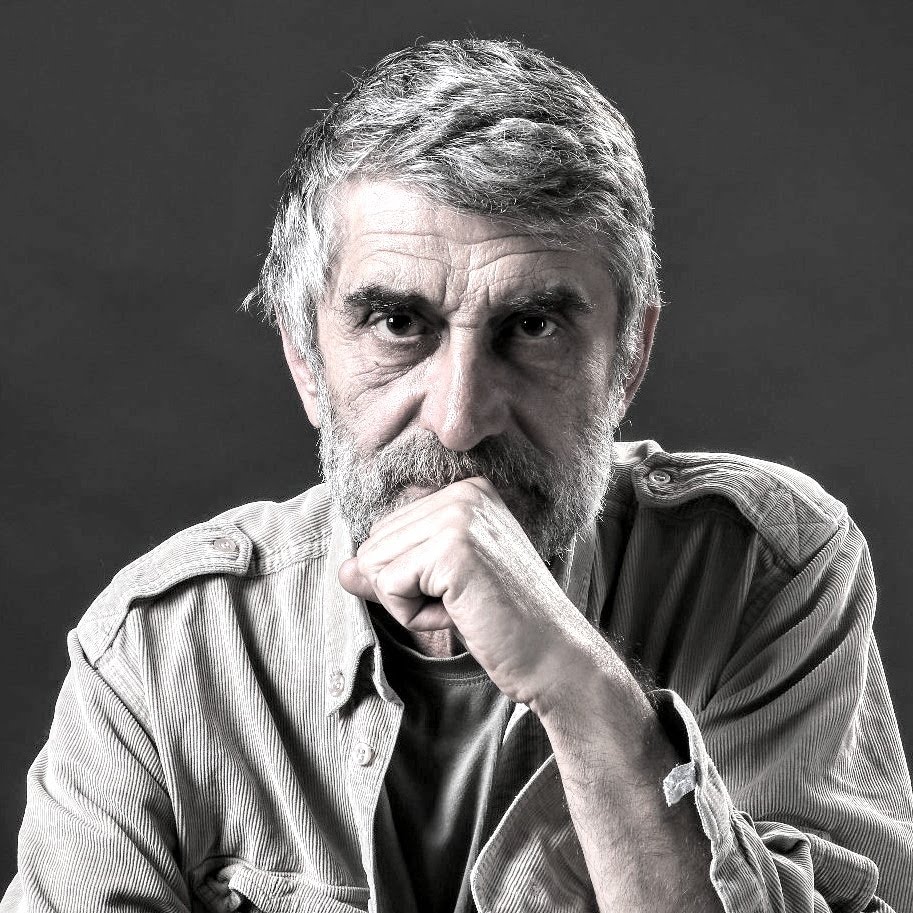
ÖZCAN YAMAN, Journalist & Photographer – Evrensel Newspaper / RED Photography
The raw material of art is society. Social peace and harmony, formed in the artist’s inner world, are then reflected back into society. However, in the current period, the problems faced by our country are becoming increasingly difficult to bear, year after year. This creates intense pressure on artists. Many artists forget what to think, what to write, what to draw, and what to capture. They are pushed into a spiral of silence and fear. This spiral brings with it both censorship and self-censorship. Censorship and self-censorship have become an overarching reality that pervades all areas of life. This situation, which is felt from television broadcasts to newspapers, from cultural institutions to galleries and events, turns art into the object of an increasingly abstract and apolitical world. The art world, distancing itself from truth, tries to remain outside the political. However, this also results in a disconnect from societal reality.
Living in a country dominated by injustice, lawlessness, and censorship has become a form of artistic performance in itself. As a nation, we are putting on a stage of resistance. However, we must not forget that for a free art world to exist, the struggle for democracy is essential. The year 2025 should be a period of more protest, more just works. Public spaces should be
returned to the people, and art must become a tool for struggle. In this context, cultural and artistic communities should collaborate with democratic mass organizations to more powerfully voice their demands for democracy, freedom, and peace. As we enter 2025, we must unite to fight for a more just, free, and truthful art world.
I believe an organized effort will be effective in every area, from local governments to political power. Art and society, working hand in hand, can build a brighter future. I hope the days are near when we will struggle together for a freer country and a better world.
“Institutions Must Step Up”
URAS KIZIL, Academic & Curator
The societal, economic, and political processes, as well as ecological factors you mention, are not unique to our country. However, as we all know, these issues are more deeply and intensely experienced in this geography. The economic and social crisis that Turkey is currently facing not only affects purchasing power but also brings about immorality and mediocrity. Furthermore, these issues do not only affect us, but also the other living beings we coexist with, as evidenced by the recent law that led to the killing of dogs. In such an environment, I am unfortunately not optimistic for 2025. This is especially true for
the fragile cultural and artistic environment where the balance is extremely sensitive. However, I am sure of this: despite the small numbers, there are artists, art writers, academics, curators, and publications that are addressing these problems and reflecting on them in their work and practices. In this sense, I firmly believe that there will be fewer but more qualitative works continuing. Of course, institutions also need to step up in this regard.
Rising prices, a deepening economic crisis, lack of faith in justice, social decay, and pressure on the media—this is the shadow under which we closed another year. So, where is this world heading?
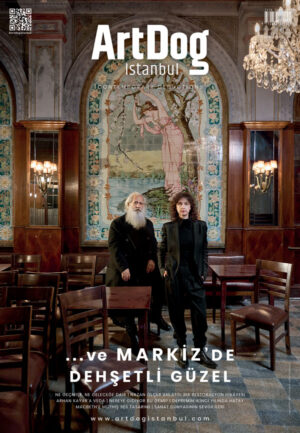
“… ve Markiz’de Dehşetli Güzel” Issue is Now Available!
Get it in both print and digital versions.
Click to see ArtDog Istanbul’s print magazine sales locations.
Turkish Edition

